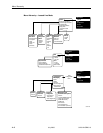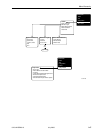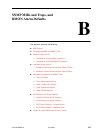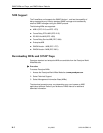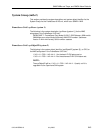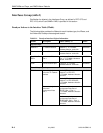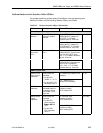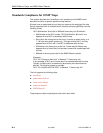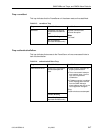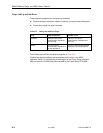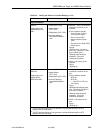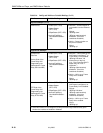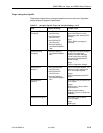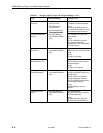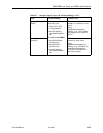
SNMP MIBs and Traps, and RMON Alarm Defaults
B-6
9123-A2-GB20-10July 2000
Standards Compliance for SNMP Traps
This section describes the FrameSaver unit’s compliance with SNMP format
standards and with its special operational trap features.
All traps have an associated string to help you decipher the meaning of the trap.
Strings associated with an interface with a substring containing $ifString have the
following format:
‘DLCI $dlciNumber “$circuitId” of $ifName frame relay link “$linkName”.’
— $dlciNumber is the DLCI number. DLCI $dlciNumber “$circuitId” only
appears when a DLCI is associated with the trap.
— $circuitId is the name given to the circuit. It can be an empty string, or a
1– 64 byte string within quotes (e.g., “Chicago to New York”), and only
appears when a DLCI with “circuitID” is associated with the trap.
— $linkName is the name given to the link. Frame relay $linkName only
appears when a frame relay link has been named and is associated with
the trap.
— $ifName is the string returned for the SNMP ifName variable.
Examples:
‘DLCI 100 “Chicago to New York” of Network T1 frame relay link’
In this example, a DLCI and a frame relay link are associated with the trap.
Typically, the $circuitId is a coded string encoded by the network service
provider. The following shows an example.
‘DLCI 100 “cc0402–dec0704.RG21” of Network T1 frame relay link’
The unit supports the following traps:
H warmStart
H authenticationFailure
H linkUp and linkDown
H enterprise-Specific
H RMON-Specific
These traps are listed in alphabetical order within each table.



